SpaceX’s Expectations for the Sixth Starship Test Flight
SpaceX’s sixth Starship test flight on November 19, 2023, was another step toward achieving the company’s ambitious goals. The test aimed to demonstrate key technologies for the Starship rocket system, including the recovery of the Super Heavy booster, upper-stage payload tests, and material assessments.
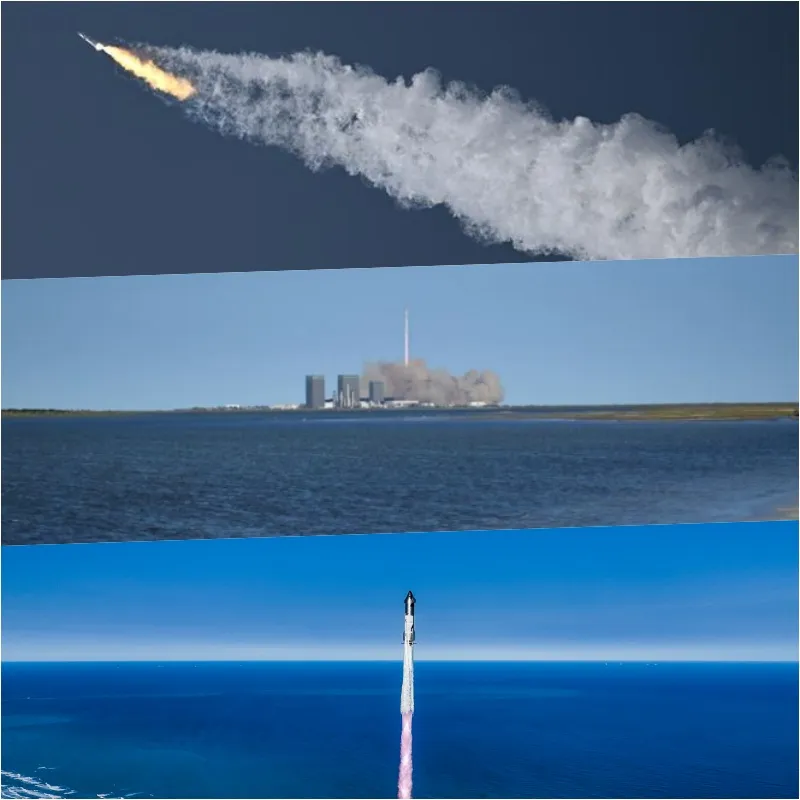
Launch and Booster Recovery
The Starship rocket launched from SpaceX’s Starbase facility in Boca Chica, Texas, at 4:00 p.m. local time on November 19. The Super Heavy booster, powered by 33 Raptor engines, sent the rocket soaring into space. Three minutes after launch, the booster separated from the upper stage, with both parts continuing on their respective trajectories.
However, SpaceX decided not to use the Mechazilla launch tower’s “grab wand” to recover the returning booster, as they had done in the fifth test flight on October 13. Despite preparations for another attempt, flight data showed that the system’s criteria had not been met, so the Super Heavy booster did not return to the launch pad. Instead, the booster fired its engines for a water landing in the Gulf of Mexico.
SpaceX spokesperson Dan Huot explained, “We exceeded a commitment criterion,” which led to the decision to bring the booster down to the ocean rather than attempting the recovery. A live broadcast showed the booster’s descent, with Everyday Astronaut capturing the moment when the booster exploded upon impact with the water.
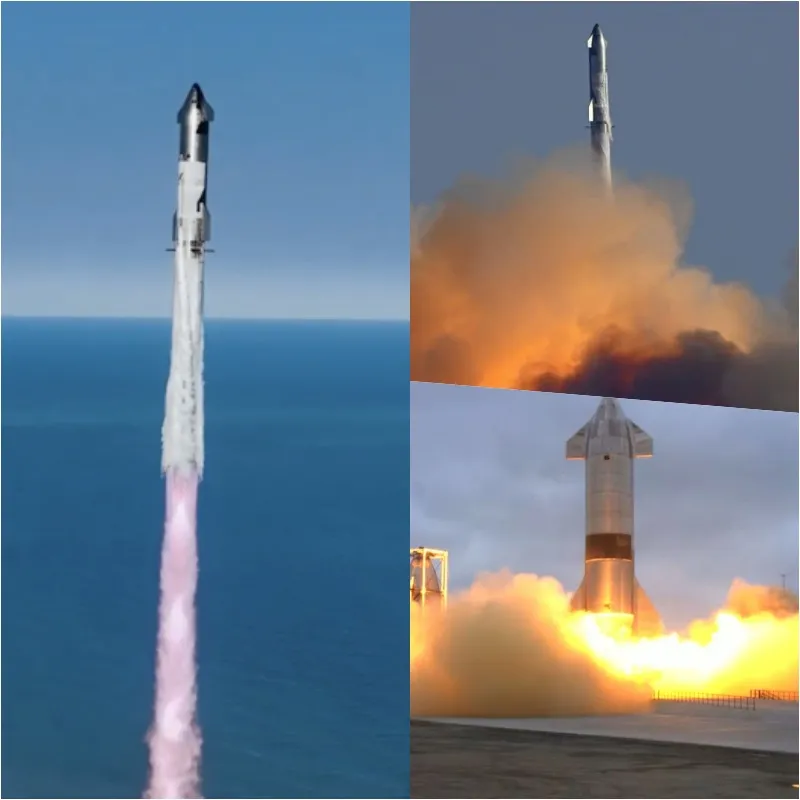
Key Milestones and Tests
Although the booster recovery did not go as planned, the test flight achieved several significant milestones. The Starship upper stage, carrying a payload for the first time, also carried a stuffed banana to act as a zero-gravity indicator. This payload test marked the first time Starship carried any cargo.
In a crucial moment of the flight, Starship’s upper stage successfully re-ignited one of its six Raptor engines about 38 minutes into the journey. The engine burn proved that Starship could perform the necessary maneuvers to return safely to Earth after orbital missions. This is a critical aspect of the design, as Starship is intended to be fully reusable, just like the Super Heavy booster.
SpaceX also tested modifications to Starship’s heat shield during this flight. The shield is vital for protecting the vehicle from the intense heat and pressure of reentry into Earth’s atmosphere. These modifications, along with sections of the shield removed for future hardware studies, are intended to improve the vehicle’s ability to handle extreme reentry conditions. SpaceX deliberately flew the vehicle at a higher angle during descent to push the limits of its flap control system and gather valuable data for future landing configurations.
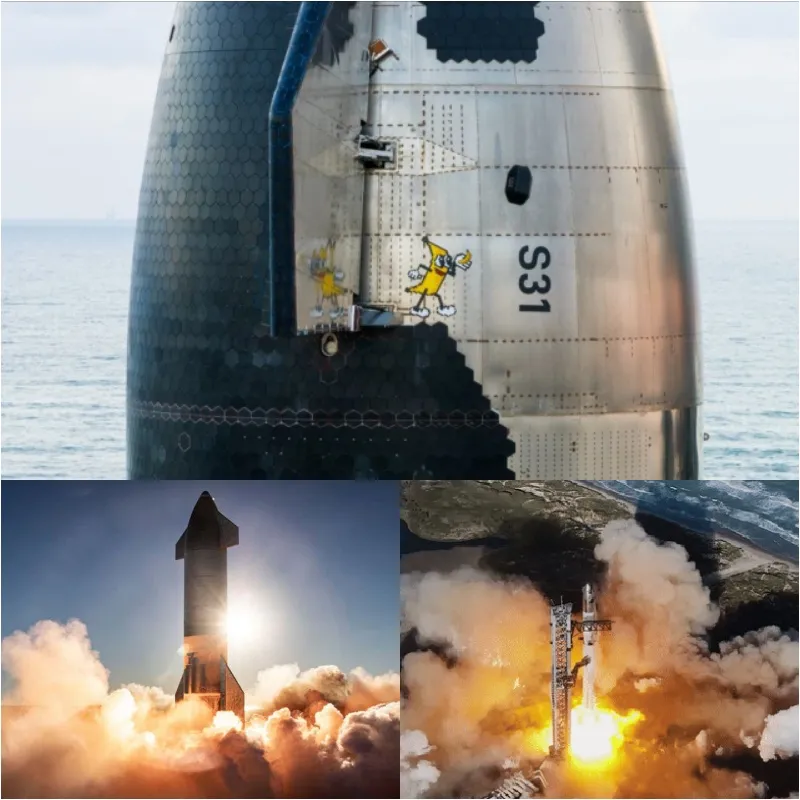
The Path to Mars
The Starship rocket system is designed to fulfill Elon Musk’s ambition to send humans to Mars and beyond. At 120 meters tall, it is the largest and most powerful rocket ever built, capable of generating nearly 8,000 tons of thrust at launch. The two-stage system consists of the Super Heavy booster and the Starship spacecraft, both of which are designed for reuse.
In addition to its potential for interplanetary missions, NASA has selected Starship for its Artemis program to land astronauts on the Moon. SpaceX plans to launch support vehicles to refuel Starship in low Earth orbit before it embarks on its lunar mission. The first manned mission to the Moon using Starship is expected to take place in 2026.
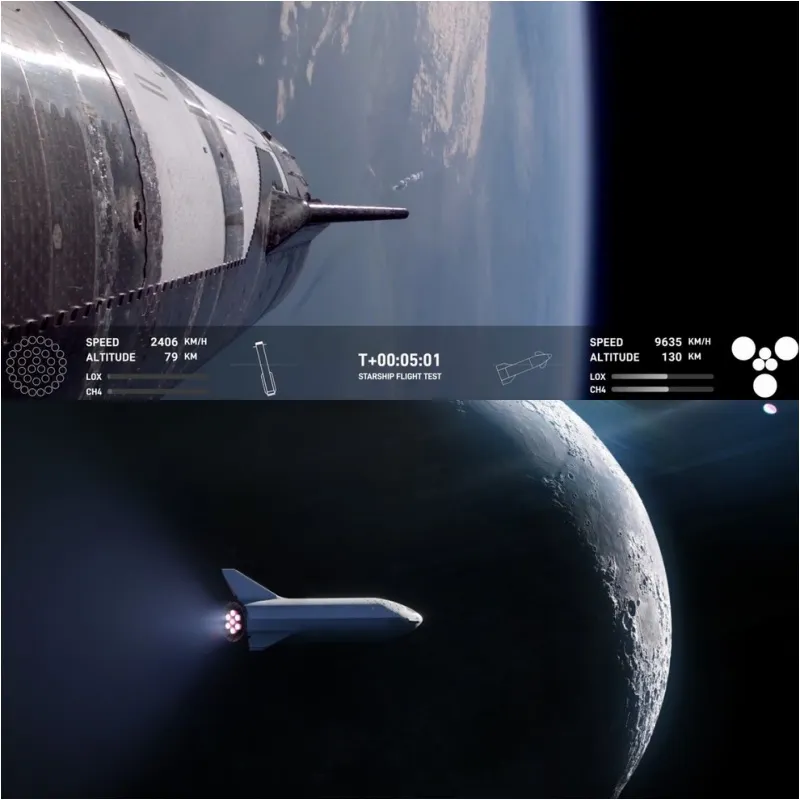
A Daytime Launch for Better Visibility
SpaceX made a notable change for the sixth test flight: they rescheduled it for daytime to ensure better visibility of Starship’s reentry. In previous tests, the upper stage reentered Earth’s atmosphere at night, making it difficult to observe and analyze the descent. This adjustment allowed for more detailed footage, which is crucial for refining future mission plans.
Looking Ahead
With each test, SpaceX continues to refine the Starship system to meet its long-term goals of interplanetary travel. The sixth test flight was a significant step forward, achieving multiple technical milestones, despite the setback in booster recovery. As SpaceX pushes the limits of rocket reusability and deep space exploration, the Starship rocket continues to prove its potential for future missions to the Moon, Mars, and beyond.
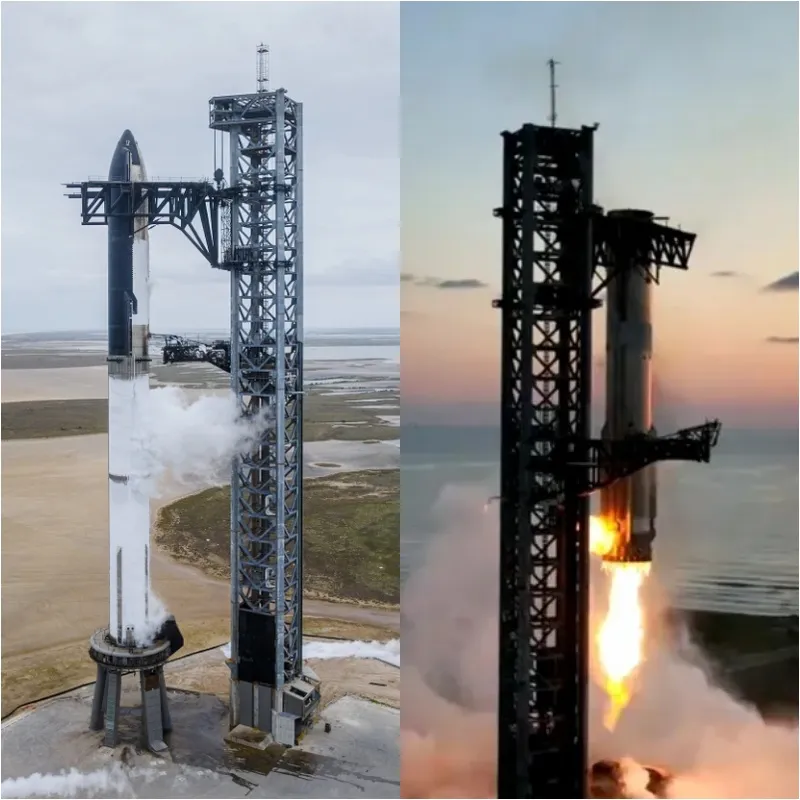



Post Comment